One of the most reproduced Japanese colour photos is the one below taken in Atsugi airfield, Kanagawa prefecture, after the end of the war (NARA).
It has been stated by some Japanese aviation "experts" that colour photos are "useless" to determine the colours of Japanese planes. I do not agree with such aphorisms. I believe that colour photos are very useful to determine details that would have been forever hidden if only black&white photos ever existed. Tail marking colours, for example. Yes, colour photos are not particularly useful to determine the exact hues of the colours since there are many different factors that make a green, for instance, look darker or lighter. But as you will hopefully see with this posting, they can still offer a treasure trove of information.
After obtaining a very high resolution copy of the original photo, I spent about five minutes with Photoshop to adjust the colours a bit since the photo was too reddish-brown for my taste. I zoomed in on some of the more interesting visible planes in the photo and erased the parts of others.
This Nakajima built A6M5c (hei) belonged to the 302ku. Another photo of the same aircraft is in "Broken Wings of the Samurai" p. 44.
Of interest is the yellow tail marking (the colour of which would be impossible to figure out from a b/w photo) and the cowling that looks to be of the same colour with the top surfaces, although it's probably blue-black. Note also the white line on the cowling that helped to synchronize the cowling machine guns with the propeller.
In this Mitsubishi J2M "Raiden" only a green "65" is visible of the tail marking. It could it be a leftover of the factory number, not the number of the unit marking.
Note the anti-glare cowling part that looks "gray" above the engine but "blue-green" near the canopy. Too much dust or perhaps the colour of that part of the cowling changed due to the heat of the engine.
Some questions about the prop and spinner. I think the spinner is white but it could be unpainted. Could the front part of the prop be unpainted too with the rear part in black, unlike the well-known brown propellers?
"Broken Wings" p. 44 shows the front of the same plane. The prop looks dark, probably red-brown and the spinner looks unpainted. A small mystery here.
Most intriguing to me is how flaked the rear of the plane is. No sign of red-brown primer but somehow the hinomaru is intact.
Hi George,
About J2M Raiden 65.
Although it looks like a 'common' J2M3 it might also be a field modification. In "Meatballs and Dead Birds", page102 (first printing), James Gallagher writes that its paint scheme differs from the other ones that he saw-and the spinner was unpainted- and when looking at the engine you'll see that the air intake is a smaller and looks like the one of the J2M5.
Jacob
Close-up on a Yokosuka D4Y3 Suisei (Judy) on the left side of the photo.
The most interesting detail that would have been invisible if the photo was monochrome, is the paint on the side of the engine cowling behind the exhausts. Note that while the rest of the plane has flaked heavily that part is still intact and the colour is darker than the fuselage. It's not dirt because the shape is too precise. I think it could be the same paint used as anti-glare for the Zero or the Raiden or perhaps green with a heavy coat of primer applied underneath. I'm not sure about the exact purpose. Perhaps to protect the fuselage skin from the exhausts.
Note also that the undersurfaces seem to be painted, not NMF and that the port leg is brown, not black.
The 302ku had a lot of night fighters and there is only one photo showing a D4Y3-S, FAOW#69 p.31, although it's not clear enough and veterans don't remember any such aircraft.
One of the two Nakajima J1N1-R (Irving) visible in the photo. The "R" of the designation stands for "Reconnaissance".
This one also belongs to the 302ku. A photo of this particular plane before the end of the war is on pages 60-61 of FAOW#57. According to the photo, the crew of the two Gekko (YOD-196 & 198) are waving goodbye to taking-off Raiden pilots moving to Kanoya base to participate in the defence of Kyushu island.
YOD-198 is not a night fighter but a reconnaissance plane. The 302ku gathered a number of reconnaissance "Irvings" to use as trainers and parts of them as spare for the night fighter versions.
Note that the "YOD-198" tail marking is not parallel to the centre line of the aircraft but parallel to the ground. This seemed to be common to all Gekko of the 302.
The "98" part of the marking is repeated on the nose.
An even more detailed close up reveals that the original tail marking of the unit before the 302 is still barely visible. Actually, the "1" of the "198" was probably part of the ex-unit marking. I can make out a "2" behind the "8".
Most Gekko modelers have problem figuring out the demarcation line between the "green-top" and the "gray-bottom" colours. I hope this photo is helpful.
Another interesting detail is that the prop seems to be brown while at least the tip of the spinner seems to be green. This is visible on the other J1N1 in the photo.
Striking details of this a/c is the straight radio antenna located on the nose of the fuselage and the two machine gun openings on the nose in front of the canopy. These details indicate that it was one of the two prototypes or one of the seven pre-production J1N1 fighters. A very rare aircraft indeed.
Three of the pre-production aircraft (the 3rd, 5th and 6th) were given to Tainan-ku where they had a downward-firing hand-held 7.7mm machine gun installed in the seat of the radio operator. They were to be flown and see action from Rabaul but they only reached Saipan where they were tested. Unfortunately due to various problems they were flown back to Japan. After they were fixed, it was decided to use them as reconnaissance since they had exceptional range.
A close-up on the Suisei (Judy) in the background. Note the 20mm oblique cannon sticking out from the rear of the canopy making it a D4Y2-S. Unfortunately no other details are visible. Another photo of the same plane from a different angle is on p. 64 of "Broken Wings."
There are three Yokosuka P1Y Ginga (Frances) in the photo.
Below are close-ups on two of them.
Note again the difference in the colour of the area right behind the exhausts on the "Judy".
Here's a close of the other Nakajima built Zero belonging to the 302ku in the photo. It's probably an A6M2 as the machine gun on the cowling indicates.
The full tail marking is unfortunately not visible.

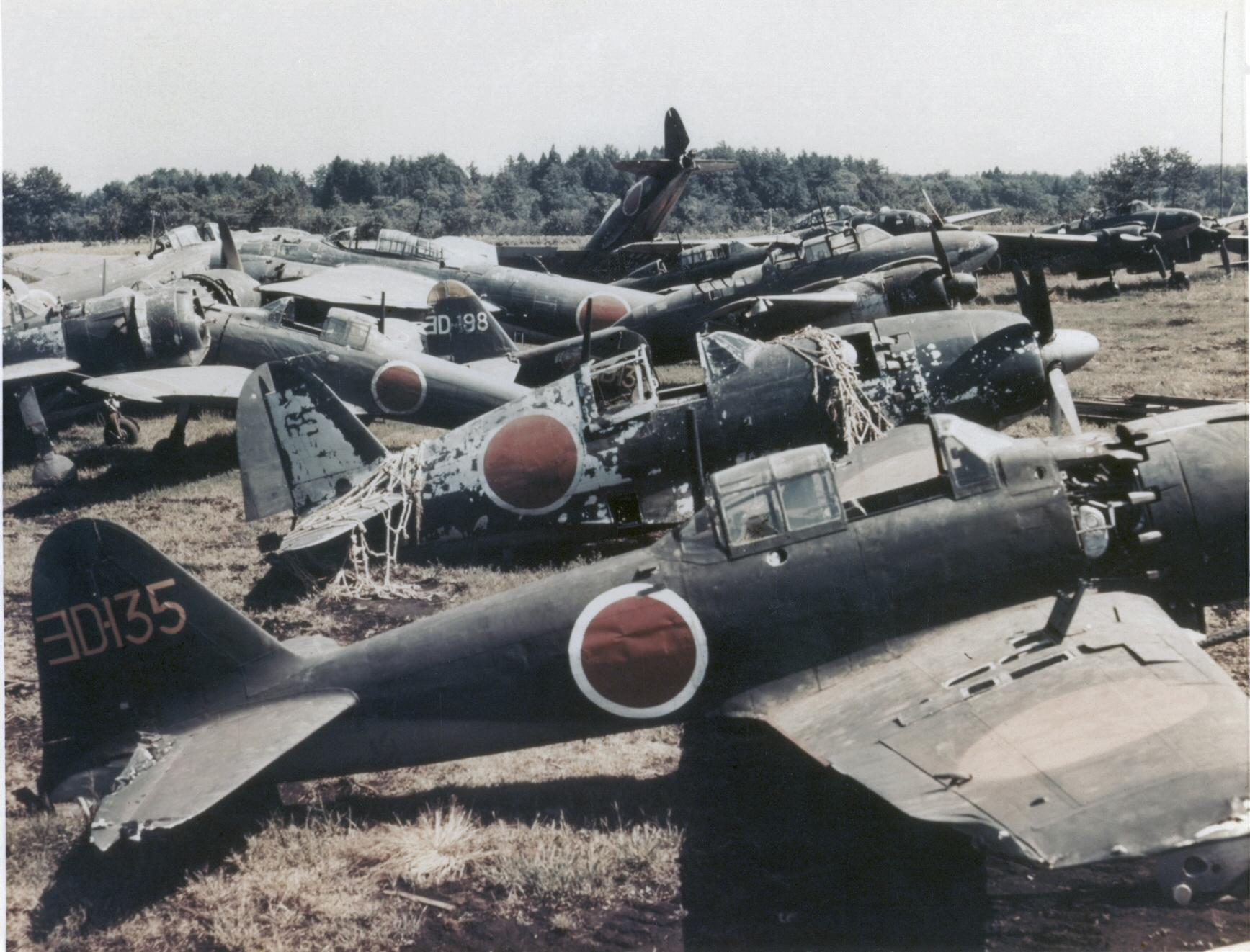
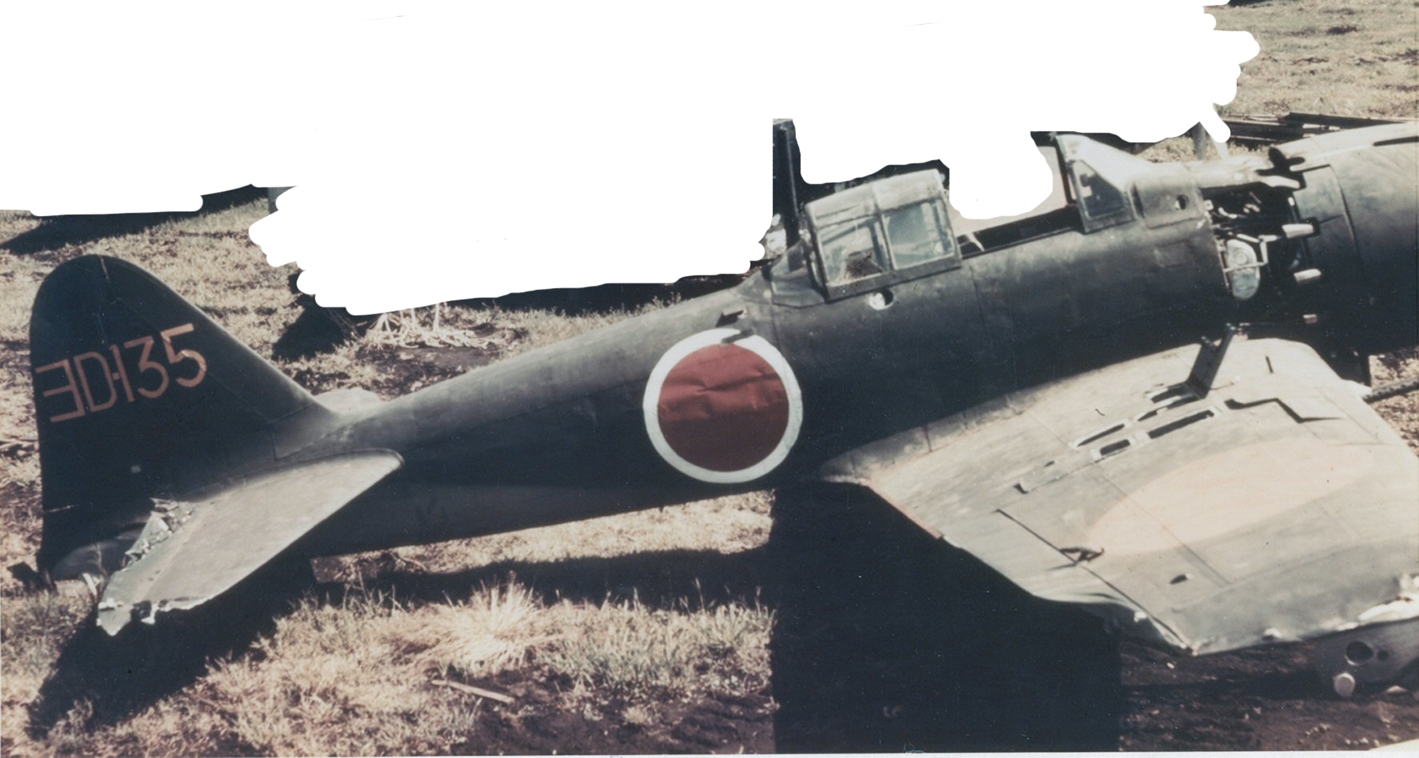
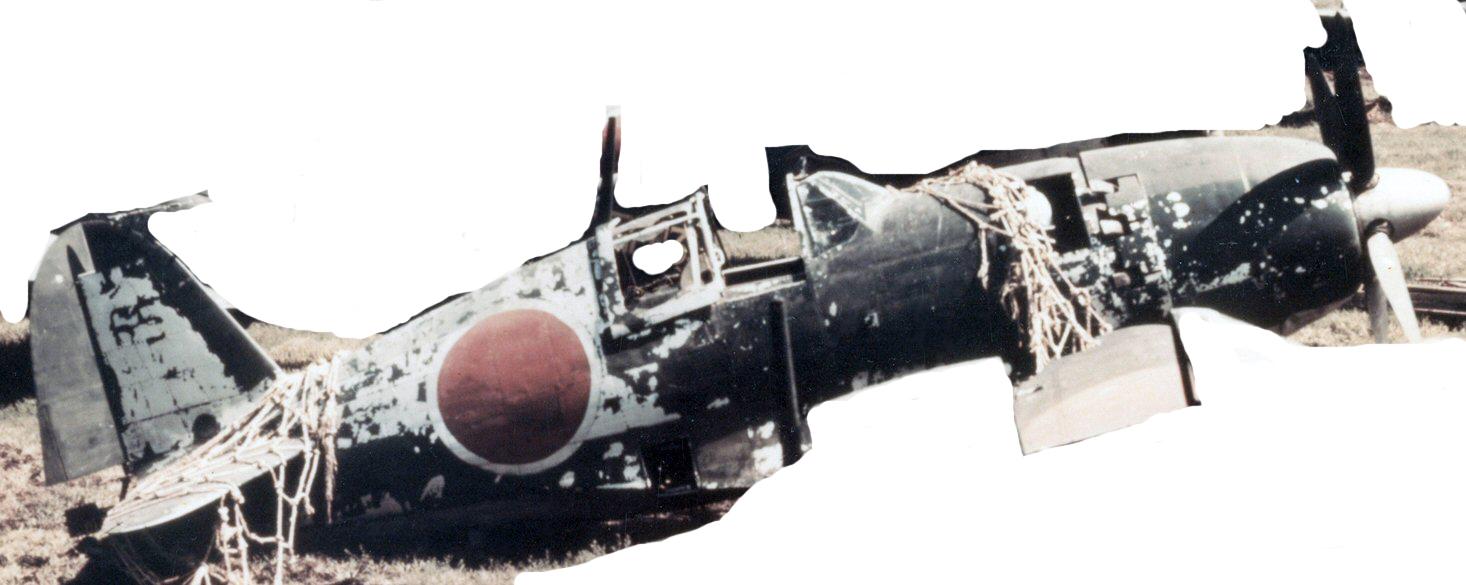
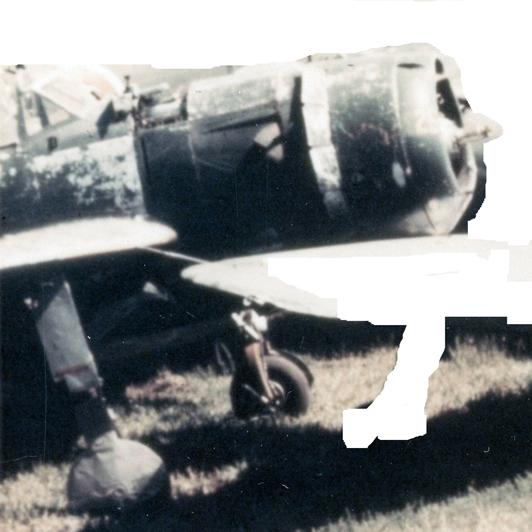
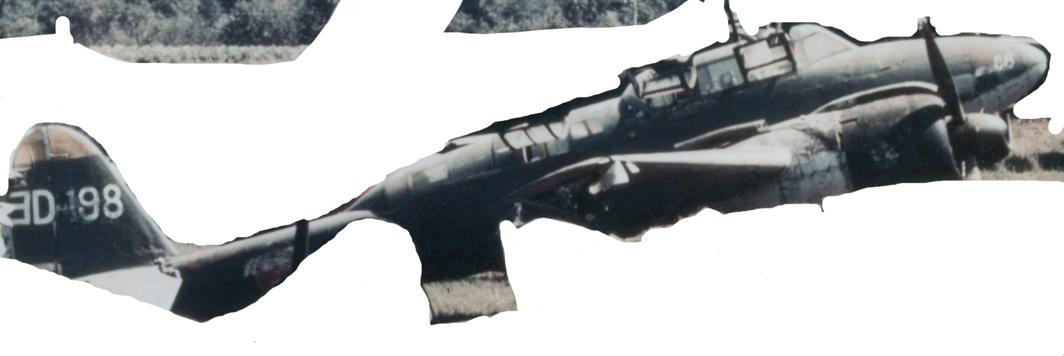
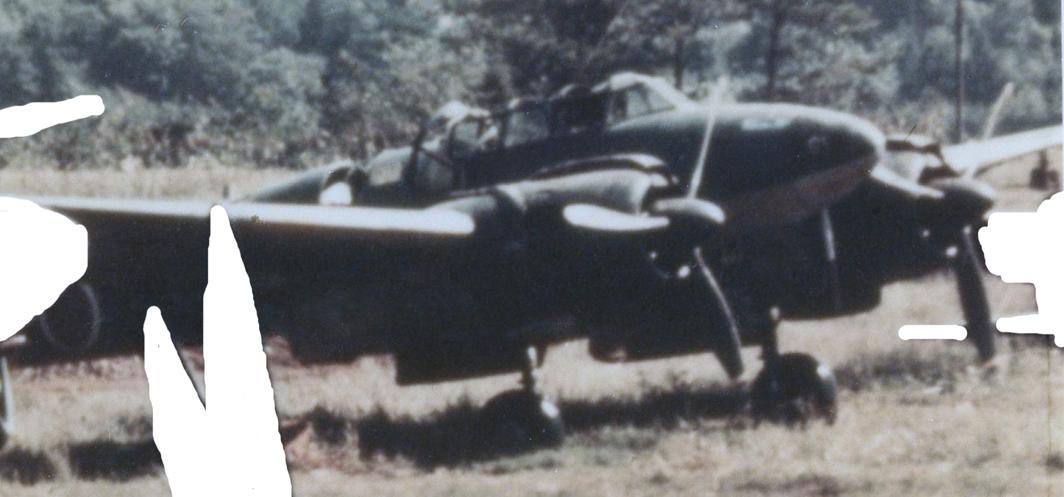

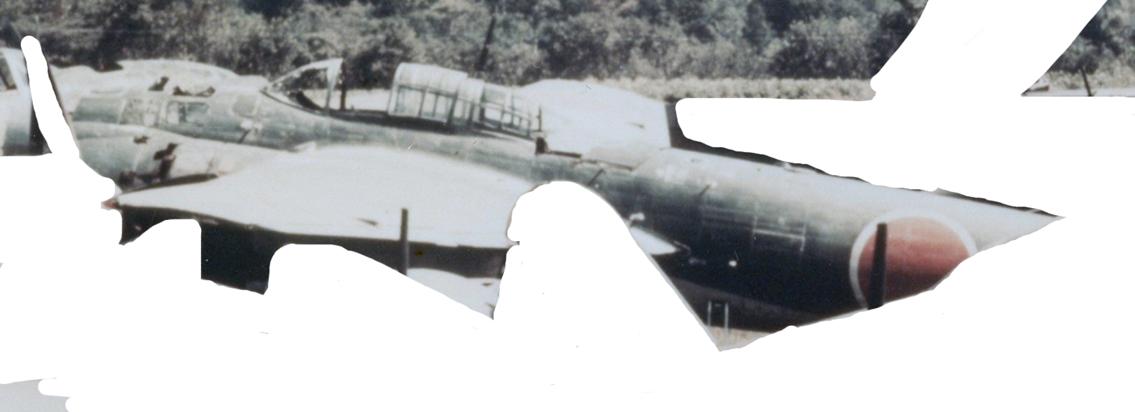
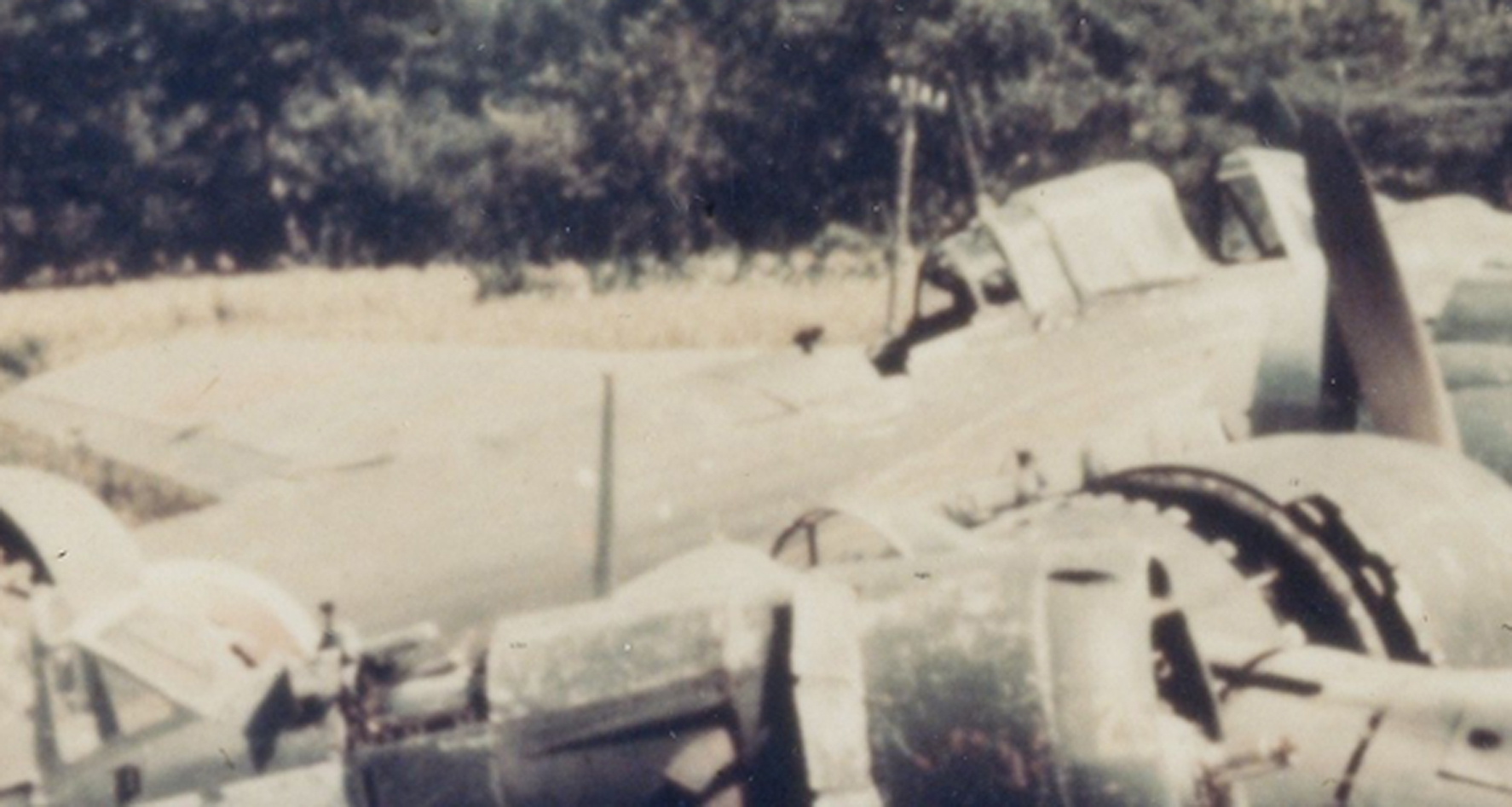
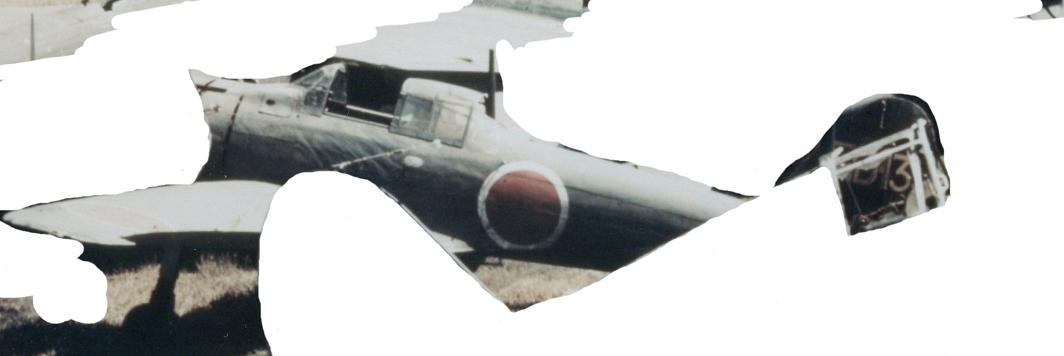
Yeah I agree if color fotos are useless then what are B/W?
ReplyDeleteGood post !!!!
ReplyDeleteHi George,
About J2M Raiden 65,
Although it looks like a 'common' J2M3 it might also be a field modification. In Meatballs and Dead Birds-page102(first printing)- James Gallagher writes that its paint scheme differs from the other ones that he saw-and the spinner was unpainted- and when looking at the engine you'll see that the air intake is a smaller and looks like the one of the J2M5.
Jacob